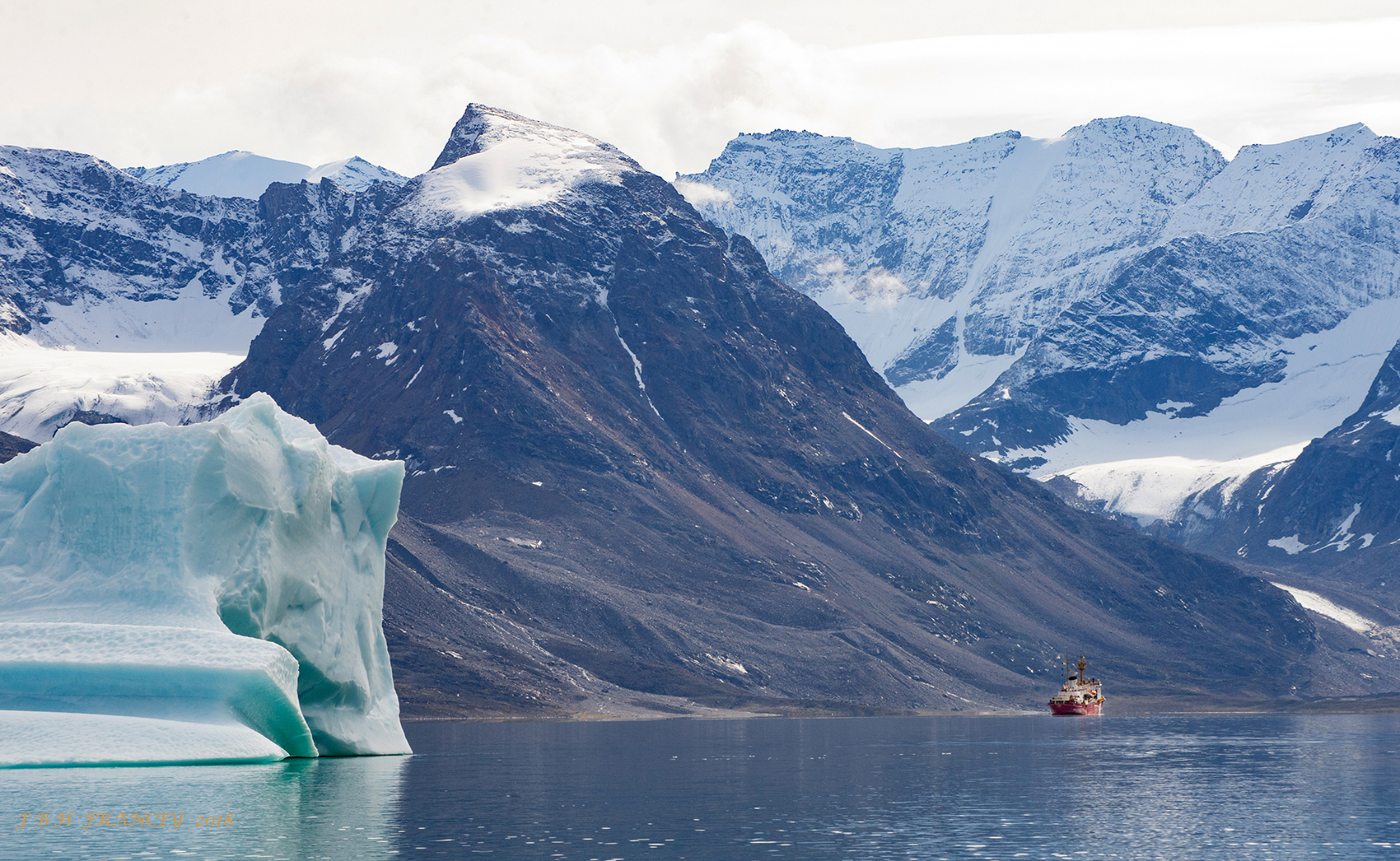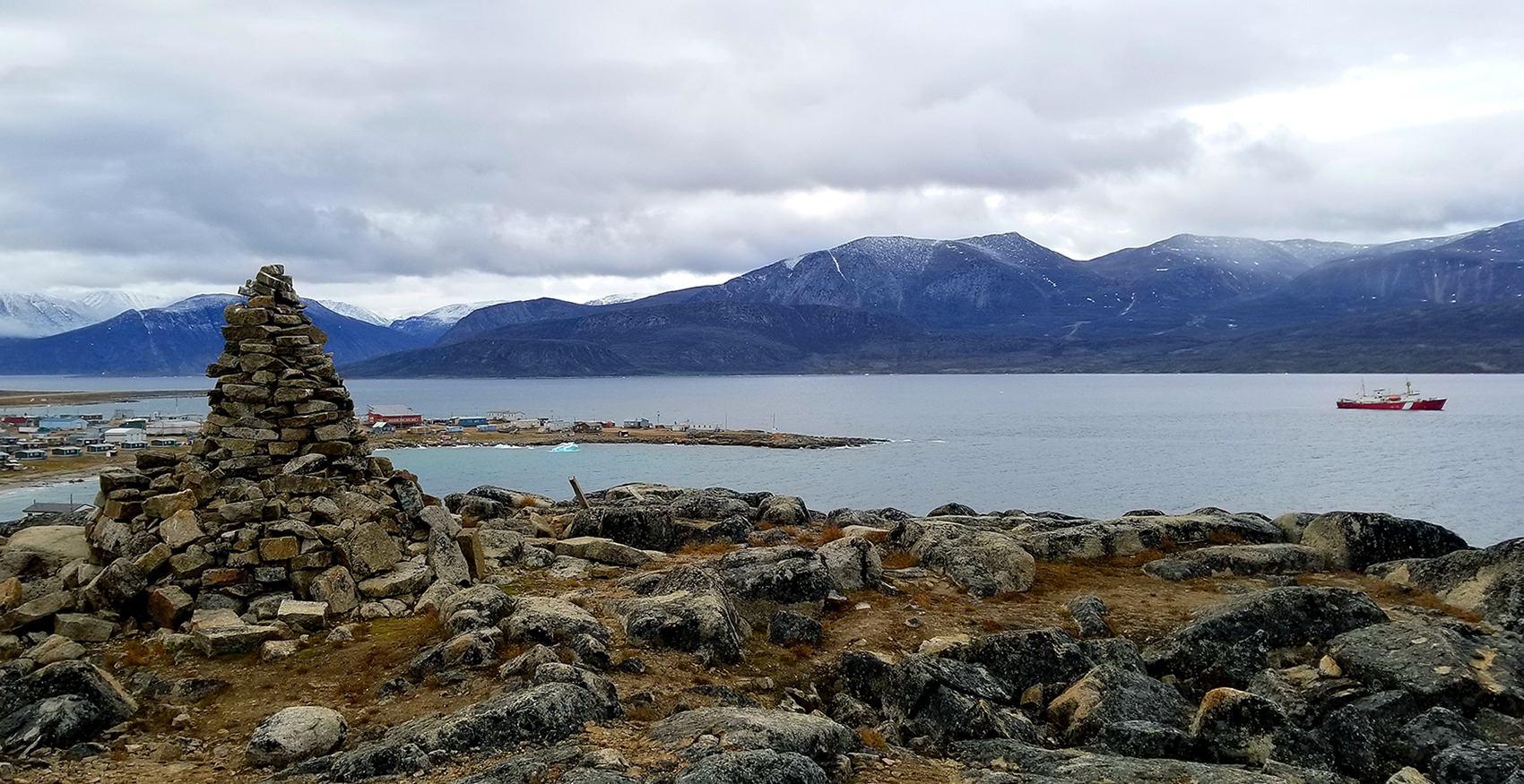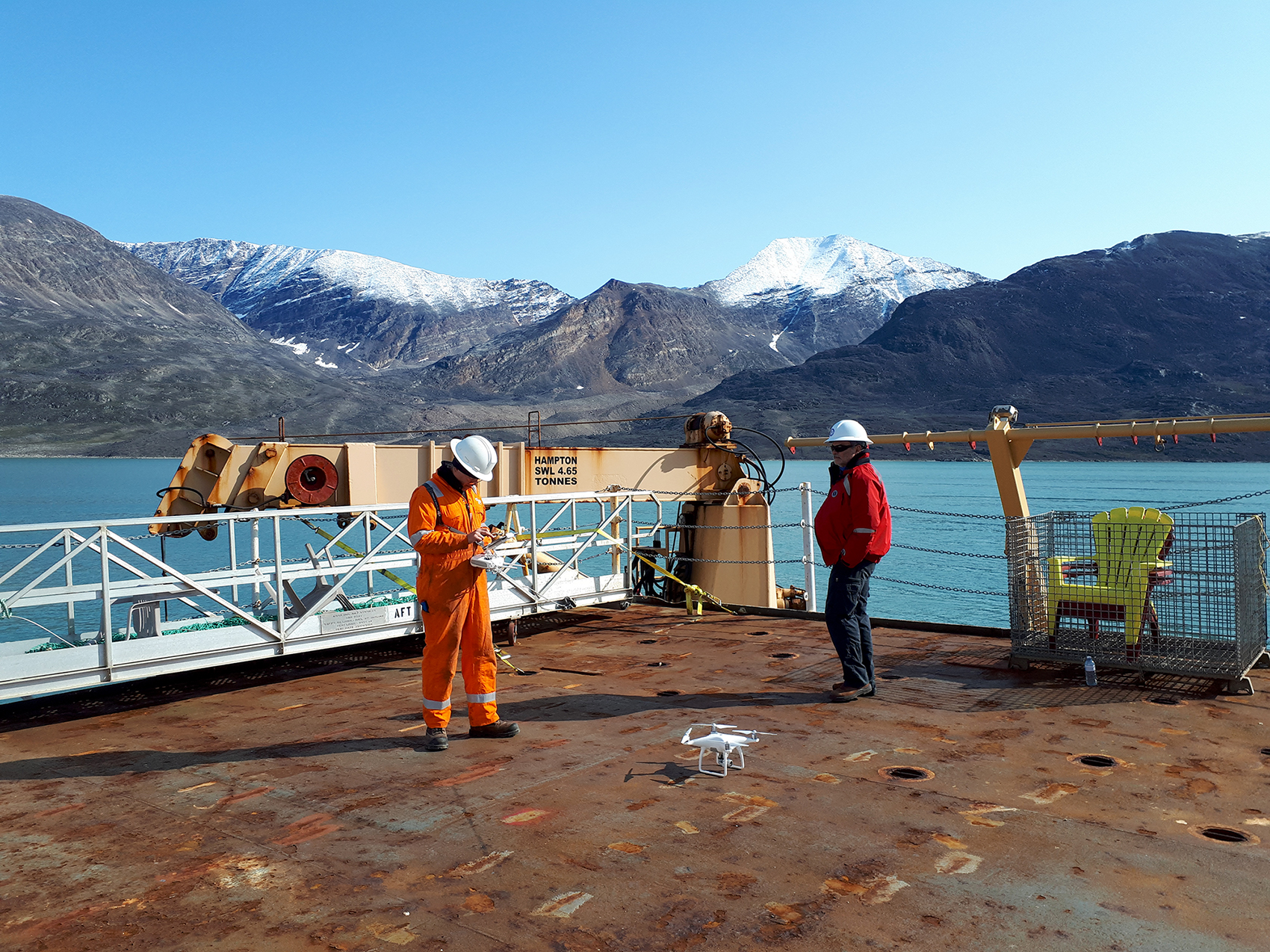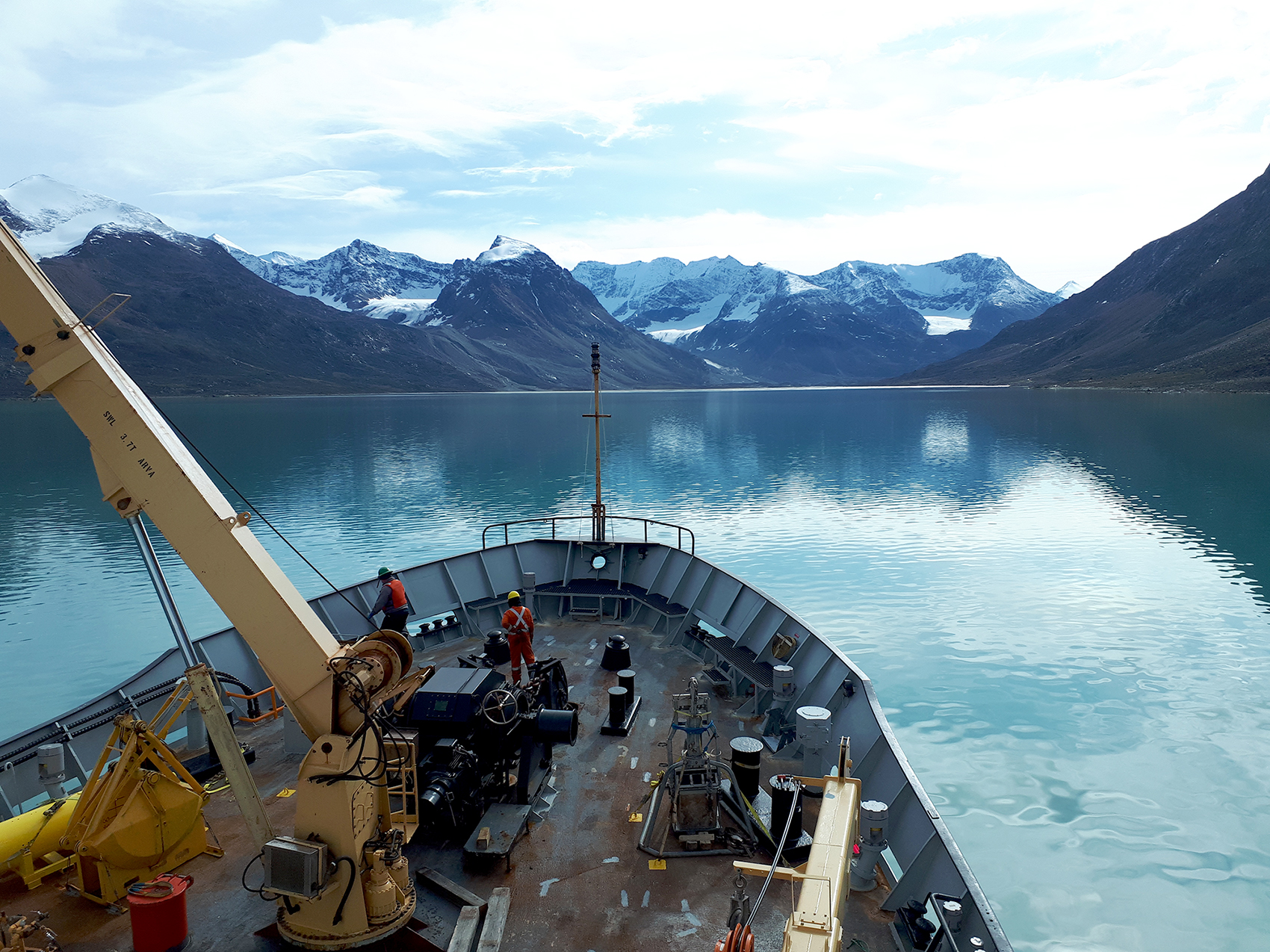By Nicole Hobbs
When I started with the Geological Survey of Canada this past March, it never crossed my mind that I would have the opportunity to spend a month on a Coast Guard vessel as part of a scientific team in the Arctic.
Friends and family were in disbelief when I announced I was headed on a month-long research expedition in the Canadian Arctic - “You are going on a what? You are going where? For how long?”
Looking back, perhaps it was a little wild - but I knew that it would be an experience of a lifetime, both professionally and personally.
The expedition started August 17, 2018, when we boarded the Canadian Coast Guard Ship Hudson and left Halifax Harbour. The 63-year-old vessel is no 5-star hotel, but it has all the amenities for a comfortable stay. The Coast Guard crew, who calls the ship home for six months each year, were very welcoming and everyone quickly developed new friendships. The cabins are small with bunk beds, a desk, small storage for personal items, and if you were lucky, a small bathroom. Labs are located in several areas of the ship for us to conduct our science.
During the first three days, seas were calm and the skies were beautiful as we transited from Halifax to our first destination in Baffin Bay - Cape Dyer, Nunavut. On the fourth day, we experienced a storm that brought three to five meter swells and caused some seasickness on board, myself included. Lying in bed, being rocked to sleep can be nice… but not so much when you feel your body almost leaving the mattress from high swells! And walking around like you are intoxicated when you are completely sober is also an interesting experience.
After a day and a half in Cape Dyer, we transited north, to Southwind Fjord. Directly on the coast and at sea level, Arctic communities in this area are particularly vulnerable to tsunamis and landslides. This vulnerability was demonstrated as recently as 2017 when a landslide-induced tsunami struck the coast directly across from Nunavut, in Greenland, washing away homes and leaving four people presumed dead. This submarine landslide environment was very similar to the Nunavut coastal communities.
For us to better understand and prepare for these risks in the Canadian Arctic, researchers must first understand how often these earthquakes and submarine landslides happen. The information gathered during this research cruise help Natural Resources Canada researchers improve understanding of geological processes and marine geohazards in Baffin Bay. This new information helps support these communities, the Nunavut government and regulator in making decisions on the use of offshore areas and in providing northern coastal communities better knowledge for improving public safety.
Another great experience and important part of the cruise was when we shared our science with the local communities. In Qikiqtarjuaq on August 29, the research team invited community members aboard the CCGS Hudson to visit the ship and learn about our research in the Arctic. The team answered the communities’ concerns and discussed research priorities. The Greenland landslide-induced tsunami was definitely on their mind when discussing marine geohazards.
Before I left on this cruise, my colleagues suggested that this was the one to go on given our destination… and they were right! The scenery was spectacular with the beautiful mountains and geomorphology along Cape Dyer, the blue-green sea with icebergs everywhere, and the snow capped mountains surrounding us at an elevation of 6-7000 ft. It was a dream to wake up to see the amazing glaciers in the Southwind Fjord. The opportunity to explore the small northern town of Qikiqtarjuaq was a humbling experience. We saw beautiful wildlife, including whales, dolphins and birds. I was even able to hold a brittle star fish. When I saw a polar bear swim past our ship, it was unforgettable.
When we finally started our transit back to Halifax, northern lights performed a private dance above the CCGS Hudson. It felt like the Arctic was saying goodbye to us – it was like nothing I have ever seen. Definitely a spectacular show to end an important scientific experience.

The CCGS Hudson during the Baffin Bay research expedition.
Photo courtesy of Captain Fergus Francey.

The CCGS Hudson during the Baffin Bay research expedition.

The CCGS Hudson during the Baffin Bay research expedition.

The CCGS Hudson during the Baffin Bay research expedition.
The CCGS Hudson during the 2018 Baffin Bay Expedition – Natural Resources Canada
